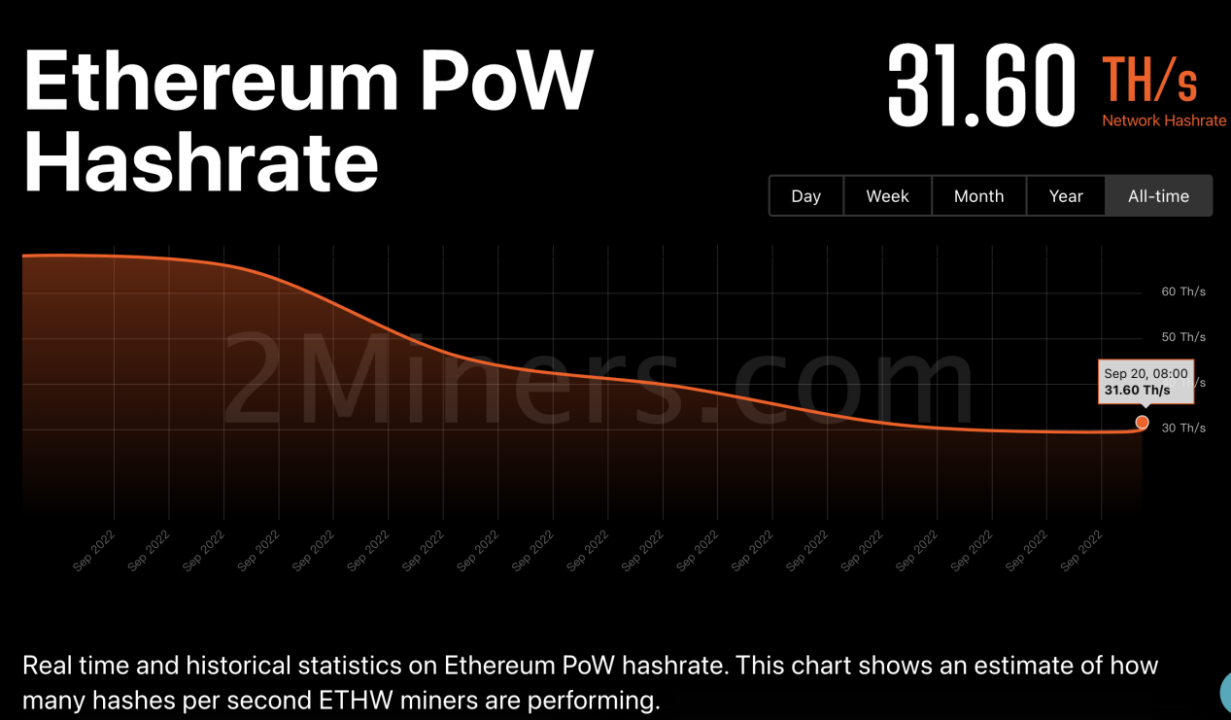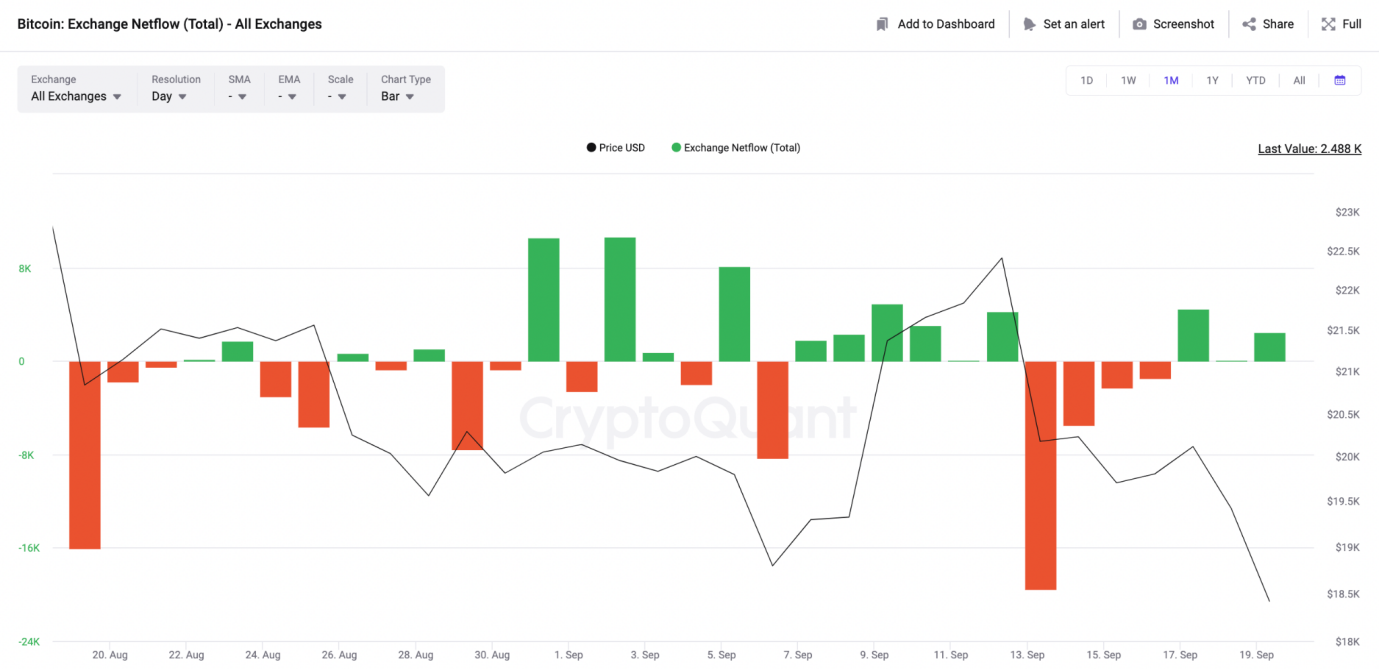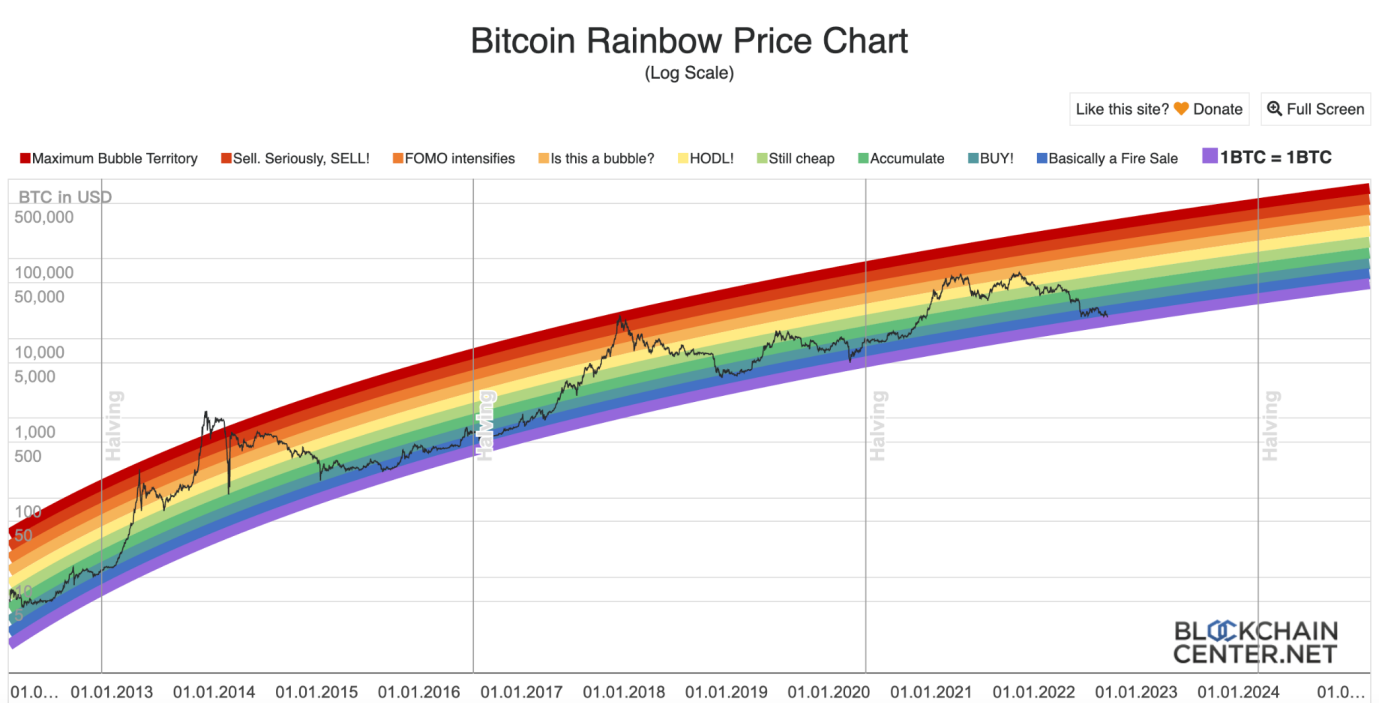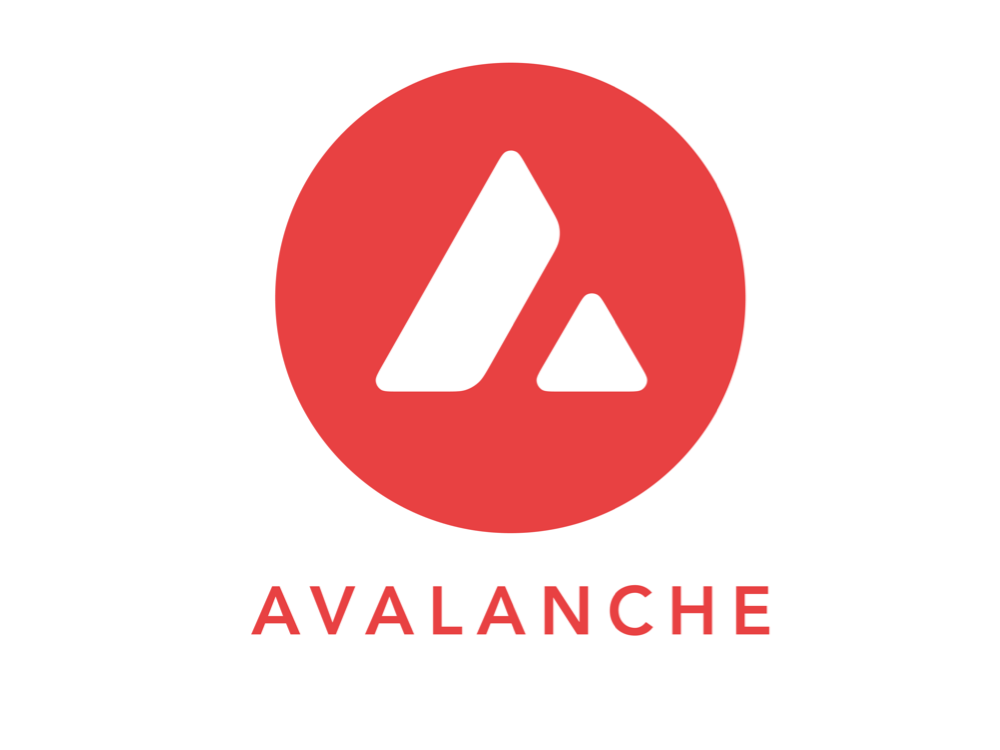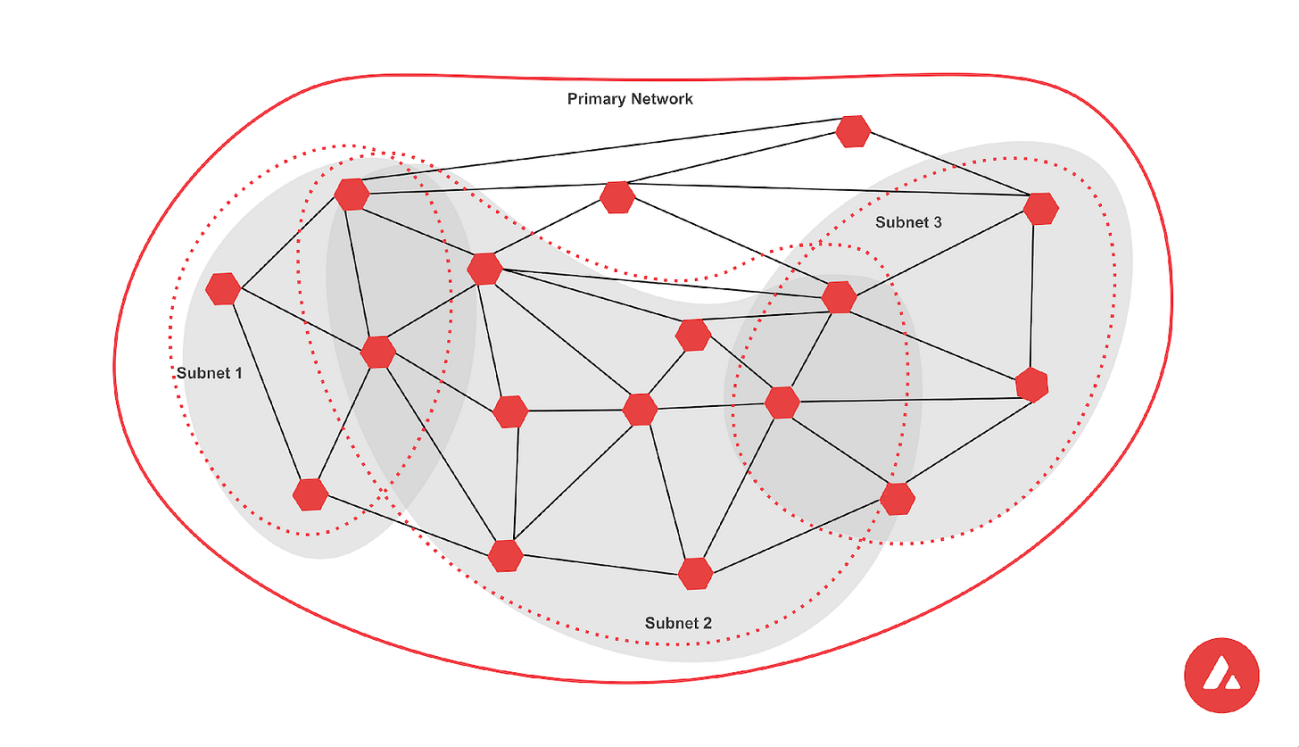46
Advertise Your Stuff / ViaWallet | You Ask We Answer Vol.11
« on: October 14, 2022, 06:26:24 PM »
The “You Ask We Answer” Vol.11 carried out by ViaWallet on Twitter on September 23th was a great success. Users actively participated in the event by raising their questions to ViaWallet. Hundreds of comments were received, and here we’ve selected some of them to answer. All selected askers share a $500 prize pool. Congrats!

1. Does ViaWallet hope to create its own token in the near future?
ViaWallet has no plan to issue tokens for the time being.
2. Security is always a key factor. What does ViaWallet have to offer in terms of security measurements?
ViaWallet attaches great importance to security, as security is critical to the asset safety of every crypto user after all. To this end, ViaWallet has strengthened security with improved coding and product design. First of all, ViaWallet insists on decentralization. It allows users to hold their own private keys and have 100% control over their own assets. In terms of product design, we have introduced a variety of ensuring measures, such as the app lock, security password, mnemonics, and ciphertext QR code, to effectively secure the use of the App in various scenarios. In addition, with profound R&D experience and insights into blockchain security, our developers are also constantly optimizing the code to avoid bugs for the high performance and security of ViaWallet.
3. Web3 wallet has so many choices. What makes ViaWallet unique and different from other wallets?
There are many crypto wallets out there, and ViaWallet aims to be the safest, most user-friendly multi-chain wallet. To this end, ViaWallet has been constantly optimized in terms of security, user experience, and multi-crypto management.
To begin with, security is the top priority and the lifeline for a crypto wallet. An unsecured wallet will never win the trust of users no matter how well it performs in other aspects. In recent years, we have seen many accidents, which constantly remind us of the importance of security. Therefore, we try our best to ensure the security of users’ assets with measures introduced to the product design, as stated above, including the full self-control of private keys by users, app lock, security password, mnemonics, ciphertext QR codes, etc. In addition, we provide a great amount of security knowledge for users on our official blog to remind them of risk prevention when they use a dApp. We also hope that all users can feel comfortable and safe in the world of Web 3.
Novice users may find it difficult to use a wallet. For this reason, we have constantly optimized the interface of ViaWallet this year, making the interactive design of crypto management, wallet creation/import, and account switching as clear and easy to use as possible. Ultimately, we want to make ViaWallet a very novice-friendly Web 3 wallet.
By the way, we have been continuously strengthening multi-crypto management. As we all know, there are many asset categories in the crypto industry, and some users even need to use more than one wallet to manage their crypto assets. ViaWallet is committed to being a wallet with which users can manage all their cryptos. It supports 48 kinds of coins, 1 million+ tokens, and NFT management on Ethereum, CSC, and BSC, covering most of the current mainstream cryptocurrencies and NFTs. ViaWallet has become one of the wallets with the widest range of cryptos available in the market, and it is going to support more in the near future.
4. Adoption is very important. How do you plan on getting ViaWallet adopted by the outside world (people with little blockchain knowledge)?
As we mentioned in the previous question, we want to make ViaWallet a novice-friendly wallet. So we have already made several optimizations to improve user experience. We pay close attention to the experience of the user groups without blockchain knowledge. Therefore, we have added a guide page in V3.2.1 as well as the future versions to help users quickly get started with ViaWallet. At the same time, we have provided instructions and user guides for novices, helping them understand and use the wallet more easily.
5. A project needs to deal with solving a real-world issue or problem. With that said, what are the problems that ViaWallet primarily focuses on? What market are you targeting? And what are your plans to convince and onboard new non-crypto clients?
ViaWallet has been committed to offering users a wallet that manages all crypto assets. As far as we’re concerned, with the development of the crypto industry, crypto assets have been increasingly utilized worldwide. Cryptos boasts unique advantages in cross-border payment and online payment; besides, NFTs and other alternative assets are also recognized by celebrities and artists. These assets cannot be traded without a crypto wallet.
Yet how to manage so many kinds of crypto assets remains a big challenge. As we can tell, many users have to use more than one wallet, which is exactly the problem ViaWallet needs to address. Our goal is to ensure that everyone, whether he is an artist, a creator, a crypto investor, or a Web 3 user, can manage whatever cryptos he has with only ViaWallet.
6. Marketing is a central element for every project so that everyone knows its potential is vital to achieving the set goals. What is your strategy to attract new users and investors to your platform and keep them long-term?
Sharing the same values with other teams in ViaBTC Group, we put the product and user experience first, and have always been focusing on the product. To retain users, we will continue to improve the wallet, provide better services for users, and create positive word-of-mouth among them.
In terms of marketing, we encourage users to share our App with their friends and regularly hold events on Twitter in gratitude for users’ long-term support. We will also carry out product-related events in the future, but now I’m afraid we cannot disclose more specific information. Welcome to follow the ViaWallet App and our official account on Twitter to stay updated.
7. Is there any plan to launch a hardware wallet?
At present, we still focus on improving the user experience and security of ViaWallet, so there is no plan to launch a hardware wallet.
8. What have you done to make your platform run smoothly? If we find any bug that can be a threat to the functioning of the platform, how can we inform you? Do you have a bug bounty program or a customer support team?
The ViaWallet code will be audited by the security department and undergo pressure tests regularly. All such efforts are to secure ViaWallet and guarantee a smooth user experience.
If you find any problem using ViaWallet, please feel free to contact us via “Me-Suggestions” in the App or “Feedback” on the official site, or email us via [email protected].
9. Does ViaWallet have a tutorial/academy zone where we can learn the basics of a wallet such as depositing, withdrawing, staking, swap, etc.?
You can follow ViaWallet’s blog and help center on the official site, or check the blog through “Me-Blog” in the App. We will post basic knowledge and user guide concerning the crypto wallet regularly in the blog.
10. Does ViaWallet have any plan to support CET staking?
You can stake CET in ViaWallet through the third-party application in the Dapp browser.
11. How will ViaWallet and CoinEx maintain the utility of CET token?
As the user value-added privilege scheme in the CoinEx ecosystem, CET allows users to enjoy VIP services, privileges for special events, and the deduction of equivalent trading fees with exclusive fee discounts on CoinEx. Also, CoinEx will repurchase CET on a daily basis and burn it every month according to its revenue in order to reduce the CET circulation in the market and indirectly increase its value.
As the CoinEx Smart Chain (CSC) ecosystem advances, CET has been extensively applied as the native token and gas fee of the CSC ecosystem. Every interaction on CSC relies on CET. In the future, CoinEx will promote the usage and circulation of CET beyond its ecosystem. With CET used in more scenarios, we will make it more valuable.
CET cannot do without a wallet. As a major infrastructure, ViaWallet will take the lead in supporting CET in more scenarios, making itself the most secure, easiest-to-use crypto wallet for CET holders.
12. What other services or exchanges ViaWallet have integrated rather than CoinEx?
We have integrated the well-received BTC Acceleration feature of ViaBTC Pool in ViaWallet, an effective tool for users to confirm transactions in a relatively short time under network congestion. Also, ViaWallet has incorporated Swap. Just enter the crypto and amount for swap, and you can get real-time quotations and trade. This feature enables the direct swap, or even cross-chain swap, between any two of the mainstream crypto assets, thus greatly lowering the threshold for users.
13. What are your biggest hopes for the project you’re working on right now in terms of product development?
We remain focused on user experience improvement, security performance enhancement, multi-crypto management, etc. ViaWallet aims to lower the threshold for users so that users can manage their crypto assets effortlessly.
14. Do you have any plan to add support for L2 chain like Arbitrum, Optimism, Boba, Loopring, Zksync, etc.? Since L2 is hype lately so it will give you more advantages if you can support L2 in ViaWallet.
Speaking of Layer 2 projects, we have supported the asset management feature of Polygon and made the Polygon Dapp available on ViaWallet. We’ve been tracking the development of Layer 2, and evaluating relevant asset management features to be launched. For more product update plans, please pay attention to the notices on ViaWallet App and our official Twitter account.
15. The most important feature of a wallet with millions of users like Metamask is that it works easily on many devices and browsers. Does ViaWallet work integratedly on all browsers and mobile devices?
ViaWallet is available on both iOS and Android devices. And ViaWallet supports WalletConnect. You can scan a QR code to give authorization and get connected to a web-based Dapp on your computer. For more user guides, you may visit our help center and blog.
Thank you all for participating, and congrats to the winners. For those who miss the opportunity, don’t worry. Stay tuned and look forward to the next “You Ask We Answer”!

1. Does ViaWallet hope to create its own token in the near future?
ViaWallet has no plan to issue tokens for the time being.
2. Security is always a key factor. What does ViaWallet have to offer in terms of security measurements?
ViaWallet attaches great importance to security, as security is critical to the asset safety of every crypto user after all. To this end, ViaWallet has strengthened security with improved coding and product design. First of all, ViaWallet insists on decentralization. It allows users to hold their own private keys and have 100% control over their own assets. In terms of product design, we have introduced a variety of ensuring measures, such as the app lock, security password, mnemonics, and ciphertext QR code, to effectively secure the use of the App in various scenarios. In addition, with profound R&D experience and insights into blockchain security, our developers are also constantly optimizing the code to avoid bugs for the high performance and security of ViaWallet.
3. Web3 wallet has so many choices. What makes ViaWallet unique and different from other wallets?
There are many crypto wallets out there, and ViaWallet aims to be the safest, most user-friendly multi-chain wallet. To this end, ViaWallet has been constantly optimized in terms of security, user experience, and multi-crypto management.
To begin with, security is the top priority and the lifeline for a crypto wallet. An unsecured wallet will never win the trust of users no matter how well it performs in other aspects. In recent years, we have seen many accidents, which constantly remind us of the importance of security. Therefore, we try our best to ensure the security of users’ assets with measures introduced to the product design, as stated above, including the full self-control of private keys by users, app lock, security password, mnemonics, ciphertext QR codes, etc. In addition, we provide a great amount of security knowledge for users on our official blog to remind them of risk prevention when they use a dApp. We also hope that all users can feel comfortable and safe in the world of Web 3.
Novice users may find it difficult to use a wallet. For this reason, we have constantly optimized the interface of ViaWallet this year, making the interactive design of crypto management, wallet creation/import, and account switching as clear and easy to use as possible. Ultimately, we want to make ViaWallet a very novice-friendly Web 3 wallet.
By the way, we have been continuously strengthening multi-crypto management. As we all know, there are many asset categories in the crypto industry, and some users even need to use more than one wallet to manage their crypto assets. ViaWallet is committed to being a wallet with which users can manage all their cryptos. It supports 48 kinds of coins, 1 million+ tokens, and NFT management on Ethereum, CSC, and BSC, covering most of the current mainstream cryptocurrencies and NFTs. ViaWallet has become one of the wallets with the widest range of cryptos available in the market, and it is going to support more in the near future.
4. Adoption is very important. How do you plan on getting ViaWallet adopted by the outside world (people with little blockchain knowledge)?
As we mentioned in the previous question, we want to make ViaWallet a novice-friendly wallet. So we have already made several optimizations to improve user experience. We pay close attention to the experience of the user groups without blockchain knowledge. Therefore, we have added a guide page in V3.2.1 as well as the future versions to help users quickly get started with ViaWallet. At the same time, we have provided instructions and user guides for novices, helping them understand and use the wallet more easily.
5. A project needs to deal with solving a real-world issue or problem. With that said, what are the problems that ViaWallet primarily focuses on? What market are you targeting? And what are your plans to convince and onboard new non-crypto clients?
ViaWallet has been committed to offering users a wallet that manages all crypto assets. As far as we’re concerned, with the development of the crypto industry, crypto assets have been increasingly utilized worldwide. Cryptos boasts unique advantages in cross-border payment and online payment; besides, NFTs and other alternative assets are also recognized by celebrities and artists. These assets cannot be traded without a crypto wallet.
Yet how to manage so many kinds of crypto assets remains a big challenge. As we can tell, many users have to use more than one wallet, which is exactly the problem ViaWallet needs to address. Our goal is to ensure that everyone, whether he is an artist, a creator, a crypto investor, or a Web 3 user, can manage whatever cryptos he has with only ViaWallet.
6. Marketing is a central element for every project so that everyone knows its potential is vital to achieving the set goals. What is your strategy to attract new users and investors to your platform and keep them long-term?
Sharing the same values with other teams in ViaBTC Group, we put the product and user experience first, and have always been focusing on the product. To retain users, we will continue to improve the wallet, provide better services for users, and create positive word-of-mouth among them.
In terms of marketing, we encourage users to share our App with their friends and regularly hold events on Twitter in gratitude for users’ long-term support. We will also carry out product-related events in the future, but now I’m afraid we cannot disclose more specific information. Welcome to follow the ViaWallet App and our official account on Twitter to stay updated.
7. Is there any plan to launch a hardware wallet?
At present, we still focus on improving the user experience and security of ViaWallet, so there is no plan to launch a hardware wallet.
8. What have you done to make your platform run smoothly? If we find any bug that can be a threat to the functioning of the platform, how can we inform you? Do you have a bug bounty program or a customer support team?
The ViaWallet code will be audited by the security department and undergo pressure tests regularly. All such efforts are to secure ViaWallet and guarantee a smooth user experience.
If you find any problem using ViaWallet, please feel free to contact us via “Me-Suggestions” in the App or “Feedback” on the official site, or email us via [email protected].
9. Does ViaWallet have a tutorial/academy zone where we can learn the basics of a wallet such as depositing, withdrawing, staking, swap, etc.?
You can follow ViaWallet’s blog and help center on the official site, or check the blog through “Me-Blog” in the App. We will post basic knowledge and user guide concerning the crypto wallet regularly in the blog.
10. Does ViaWallet have any plan to support CET staking?
You can stake CET in ViaWallet through the third-party application in the Dapp browser.
11. How will ViaWallet and CoinEx maintain the utility of CET token?
As the user value-added privilege scheme in the CoinEx ecosystem, CET allows users to enjoy VIP services, privileges for special events, and the deduction of equivalent trading fees with exclusive fee discounts on CoinEx. Also, CoinEx will repurchase CET on a daily basis and burn it every month according to its revenue in order to reduce the CET circulation in the market and indirectly increase its value.
As the CoinEx Smart Chain (CSC) ecosystem advances, CET has been extensively applied as the native token and gas fee of the CSC ecosystem. Every interaction on CSC relies on CET. In the future, CoinEx will promote the usage and circulation of CET beyond its ecosystem. With CET used in more scenarios, we will make it more valuable.
CET cannot do without a wallet. As a major infrastructure, ViaWallet will take the lead in supporting CET in more scenarios, making itself the most secure, easiest-to-use crypto wallet for CET holders.
12. What other services or exchanges ViaWallet have integrated rather than CoinEx?
We have integrated the well-received BTC Acceleration feature of ViaBTC Pool in ViaWallet, an effective tool for users to confirm transactions in a relatively short time under network congestion. Also, ViaWallet has incorporated Swap. Just enter the crypto and amount for swap, and you can get real-time quotations and trade. This feature enables the direct swap, or even cross-chain swap, between any two of the mainstream crypto assets, thus greatly lowering the threshold for users.
13. What are your biggest hopes for the project you’re working on right now in terms of product development?
We remain focused on user experience improvement, security performance enhancement, multi-crypto management, etc. ViaWallet aims to lower the threshold for users so that users can manage their crypto assets effortlessly.
14. Do you have any plan to add support for L2 chain like Arbitrum, Optimism, Boba, Loopring, Zksync, etc.? Since L2 is hype lately so it will give you more advantages if you can support L2 in ViaWallet.
Speaking of Layer 2 projects, we have supported the asset management feature of Polygon and made the Polygon Dapp available on ViaWallet. We’ve been tracking the development of Layer 2, and evaluating relevant asset management features to be launched. For more product update plans, please pay attention to the notices on ViaWallet App and our official Twitter account.
15. The most important feature of a wallet with millions of users like Metamask is that it works easily on many devices and browsers. Does ViaWallet work integratedly on all browsers and mobile devices?
ViaWallet is available on both iOS and Android devices. And ViaWallet supports WalletConnect. You can scan a QR code to give authorization and get connected to a web-based Dapp on your computer. For more user guides, you may visit our help center and blog.
Thank you all for participating, and congrats to the winners. For those who miss the opportunity, don’t worry. Stay tuned and look forward to the next “You Ask We Answer”!



 Latest news:
Latest news: 





 Shop
Shop
 Bidding Open
Bidding Open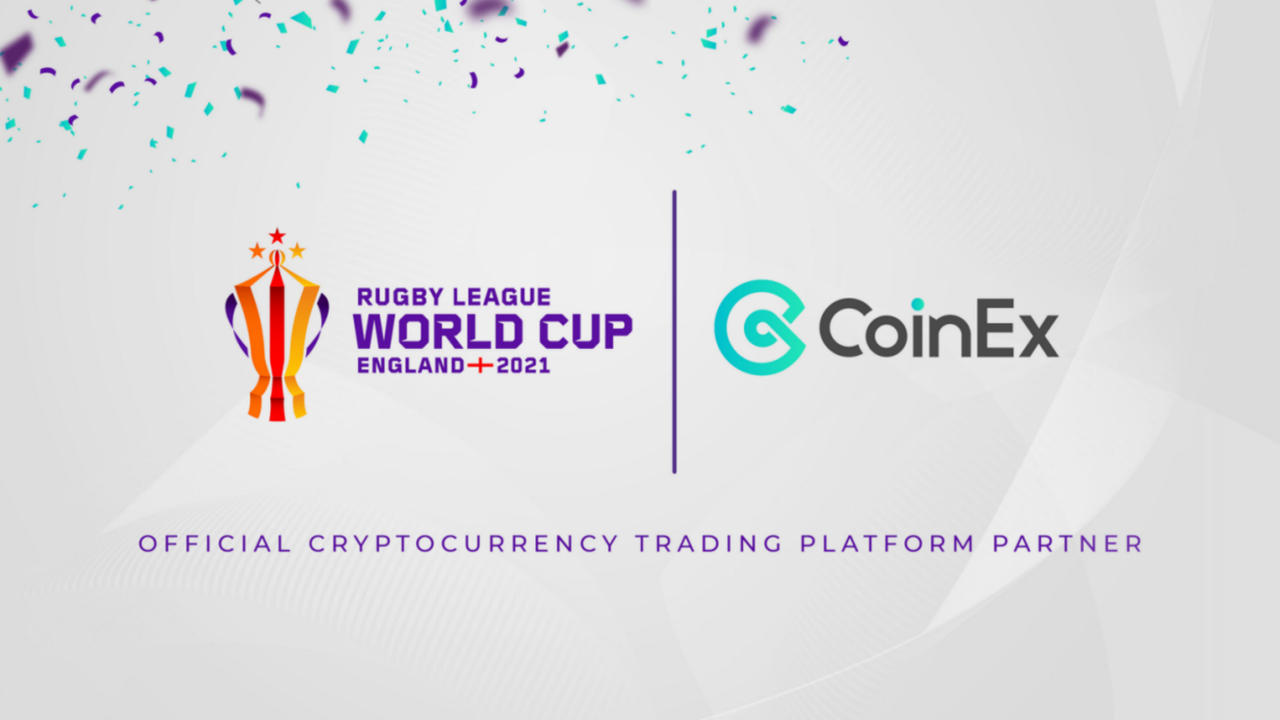.png)












